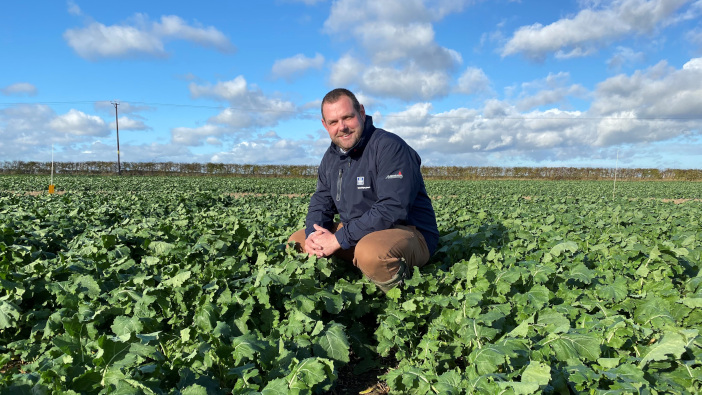Soil conditions and the changing climate are the two main factors affecting crop yields. YaraVita product manager at Yara, Phil Burrell, said optimising yields and profitability is down to perfecting the basics before you can manage crops with foliar nutrition.
Optimising soil pH with lime can ensure crops are able to access key nutrients, such as phosphorus, which is essential for early root development and other important plant processes. Mr Burrell said: “We recommend an optimum pH of around 6.5 for arable soils because that’s the level where the majority of nutrients are most available. But if you’re not optimising pH and you’ve got a pH of 5.5-6, you’ll lose up to half of any phosphorus you put on that soil.” For a reasonably small outlay, growers can see big returns this way.
Proactive and preventative
The crop nutrition industry has moved away from managing deficiency and towards a proactive and preventative approach. If farmers wait for signs of deficiency, it is too late to do anything about it. Mr Burrell said: “Use things like tissue testing as a form of proactive analysis, then do something about it. Whether we are talking nutrition, fungicides, or herbicides, prevention is generally cheaper and more effective than cure.”
The strategic and proactive use of foliar nutrition products like YaraVita is recommended with a caveat; growers must get the basics right first. “Growers need to be getting soil pH and fertiliser applications right before looking to foliar nutrition to optimise yield,” he said. “The key to ensuring extra yield is to optimise the macro fertiliser you put on the soil, ensure you’ve got a good root system, and that no nutrients are lacking. That’s where foliar nutrition comes in.”
The company recommends boron, calcium, magnesium, manganese and molybdenum for oilseed rape. Magnesium and manganese help to keep the crop green, maximising photosynthesis. Boron and calcium support a healthy plant structure.
This time of year is crucial to yield-building. Growers will now have the maximum amount of ears they’re going to have and advice is that they now concentrate on the number of grains per ear.
Mr Burrell said: “Boron, copper, and zinc all have a big role to play in the fertilisation of that ear to ensure we’ve got optimum grain set. It’s all about proactive nutrition. Growers need to remember that just because a nutrient is present in the soil, it doesn’t mean it’s getting into the plant. That’s where tissue analysis and the timely application of those key nutrients comes in.”


